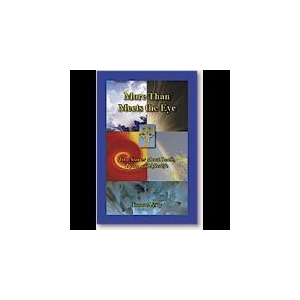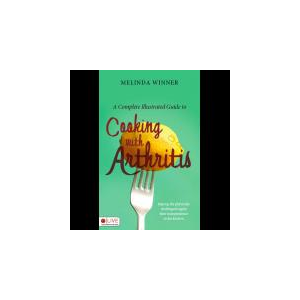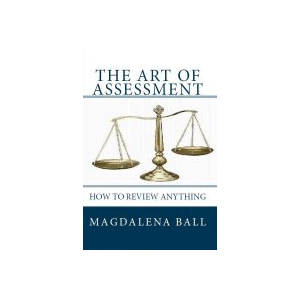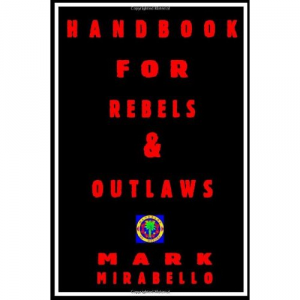The Writer's Guide to the Courtroom: Let's Quill All the Lawyers
Why All Writers Need The Writer's Guide To The Courtroom
Maybe you have a novel, story, screenplay, or other writing project that hasa character involved with the court system. Or you're a journalist writing astory about a court case. (Some law students and new lawyers have said theyfound it useful too, but we can't vouch for its exam-worthiness).
When you write, sometimes you don't know where your mind will take you.Maybe there's a character in your head but you haven't decided what to do withthem. Or you have a plot that's stuck. The law is a great device for writers.It can add an obstacle, a sexy twist, or a fun character to your story.
The law can also accidentally drift into your plot. Everything yourcharacters touch during their day has something to do with the law. They wakeup. Their cereal box has legal requirements about how contents are listed andwhat claims it can make.
They drive to work in a car that doesn't explode when hit from behindbecause of civil lawyers. They go to work and have to be paid wages and can'tbe subjected to discrimination.
When they make a purchase, the laws say what businesses have to disclose,what advertisements can say. Doctors have to treat them within acceptablepractices or face a suit. Companies handling hazardous materials must disposeof them in particular ways.
When they get a divorce, your characters have to do it through the civiljustice system. If a character dies, their will has to go through probate.
The claims characters can make in the law are almost infinite. Anything thatcan go wrong for them can end up in court. Whether in an accident, theworkplace, a business, or in a relationship, the law can offer a slight plottwist or an entire plot. And if you're a journalist, you probably have legalissues in your stories regularly.
The purpose of The Writer's Guide to the Courtroom is to touch onsome of the highlights, to give you a starting point for your research or justtrigger an idea for your story. This book is for every writer who doesn't havea law degree, and even for those lawyer/writers who are writing outside theirarea of practice.
Most lawyers can't read or watch stories about law because the factualerrors are too frustrating. Gross misunderstanding of how the justice systemworks can take away from even the best plot. There are over 1.1 million lawyersin the United States,so alienating them with mistakes that are easily corrected can affect yoursales and ratings.
Ms. Ballman asked some lawyers and judges, including TV's Judge Alex and bestsellingauthor Brad Meltzer what really bugged them about how the civil justice systemis portrayed in books and screenplays, and to talk about which ones really gotit right. Their responses are quoted throughout this book to help you see theways in which "getting it wrong" can alienate readers/viewers,whereas "getting it right" can enhance the story for your audience.
Inside The Writer’s Guide to the Courtroom
Here's just some of what you'll find to help inspire you and to help yourcharacters navigate the civil justice system:
Chapter 1: The Characters Suggestions of courtroom characters youmight use in your story, like bailiffs, court reporters, paralegals, judicialassistants, runners/messengers, process servers, notaries, and of course,lawyers. Find out about their training, job duties, and maybe, just maybe, whatkinds of misdeeds they might have witnessed.
Chapter 2: Settings Where is your story set? Find out what a reallegal setting looks like. Whether a law office, government building, mediator'soffice or court chambers, your story will feel more real if you choose yoursetting well.
Chapter 3: Types of Lawyers Here's where to figure out what kind oflawyer you need in your story. Personality types, motivations, and how to useattorneys practicing in areas you might not ever have thought of. Fromadmiralty to worker's compensation, there's a lawyer type just right for yourstory.
Chapter 4: Legal Ethics Yes, they exist. Don't have your lawyercharacters doing something obviously unethical without showing someconsequences. Find out what your characters are supposed to be doing,and what happens if they get caught.
Chapter 5: How Law Firms Run Who is in charge at a big firm? What'sthe difference between a senior and a junior partner? How do law firms billtheir clients? What differences are there between the way a big firm and a solopractitioner prepare for trial? What do lawyers have to learn to live withoutwhen they form a midsize firm?
Chapter 6: Pre-Suit What happens in an initial meeting with theclient? What kinds of fee arrangements might your character make? What stepsmight lawyers take before suit is even filed?
Chapter 7: The Complaint What's in the document that begins alawsuit? How does it get to the defendant? Where can a lawsuit be filed? Whocan sue and be sued?
Chapter 8: Responses to the Complaint What will the defendant do oncethey receive the complaint, other than curse a lot?
Chapter 9: The Authorities How do lawyers find out what the law is?
LOADS OF INFORMATION ON THE BASICS OF THE MAJOR TYPES OF LAW AND HOWYOU MIGHT USE THEM IN YOUR STORY
Substantive law chapters include
Chapter 10: Torts Negligence, assault, battery, false imprisonment,slander/libel, trespass, privacy, causation and damages
Chapter 11: Cases About Employment The types of claims that mightcome up if your characters work
Chapter 12: Professional Malpractice
Chapter 13: Business to Business Trademark, copyright, patent, unfairtrade practices, contracts, partnerships, corporations, shareholder disputes
Chapter 14: Person to Business Landlord/tenant, consumer protection,real estate, admiralty, small claims
Chapter 15: Person to Person Divorce, auto accidents, probate
Chapter 16: Person to Government Civil rights, condemnation, zoning,government employment, government unions, elections, administrative law,abortions, civil unions and other gay rights issues
HOW CIVIL CASES WORK, FROM INTAKE TO COLLECTION
Chapter 17: Discovery How the lawyers get information. Find out how adeposition might be a better setting for your story than a trial, and howlawyers really get all those exhibits they use.
Chapter 18:
Alternate Dispute Resolution Ways your story could get a final resolution without a judge.Where can your character throw a fit without going to jail? Find out aboutarbitration, mediation, collaborative law and private judgingChapter 19: Trial Preparation What do lawyers have to do before theyeven walk into the courtroom on trial day? Jury instructions, verdict forms,exhibit and witness lists, subpoenas, and motions that might end the case orlimit evidence
Chapter 20: Civil Practice Before
Trial Ways your characters can interactbesides trial. What happens at calendar call, motion calendar and specially sethearings?Chapter 21: The Trial The way the trial in your story should happen,from jury selection to motions to the reading of the verdict.
Chapter 22: Post-judgment Just because your character won the trial,doesn't mean your story has to end. Motions, appeals, writs and collection.
The Story Behind This Book
My goal is to keep writers who write novels, screenplays or stories where someone encounters the law from turning off the 1.1 million lawyers who are also readers, to give you ideas, and to help you get your story right.



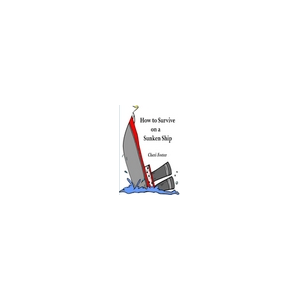
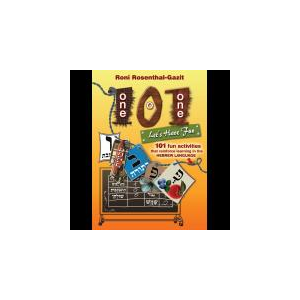


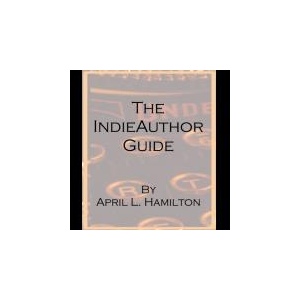

![The End Times Passover [Etymological Challenges to Millenarian Doctrines]](https://d3vm9ajvvas0k9.cloudfront.net/cdn/img/meta/books/300/6b93b5a27c432f85491a6d758e88a03d.jpg)
